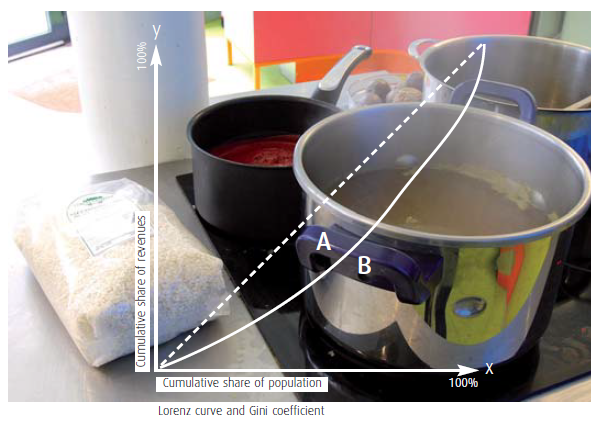Socio-Economic position, macroeconomic environment and overweight among adolescents in 35 countries
Inequality in adolescents and overweight
In the global village, quick information and oversimplification are linked. Here we discover that the 35 European countries and North America differ and require adapted prevention strategies of obesity in the young.
The authors base their analyses on data collected from a collaborative study of the World Health Organization (WHO) in 2001-2002. Cross sectional surveys were performed in countries participating in the Health Behavior in School-Aged Children (HSBC). A total of 162,305 adolescents aged 11, 13 and 15 years old were included from nationally random samples.
Height and weight could only be reported and not measured. However, other questions gave a look at the cross road of macro and micro socioeconomic environment. The questions directed to individuals included anthropometry and a family affluence scale. The description of economic environment within each country relied on the Gini coefficient which reflects the distribution of income among the population and the gross national income per capita (GNI) issued from the World Bank data base. Statistical standardization procédures then allowed within and between countries analyzes to be performed.
The final picture looks as follows:
English speaking and Mediterranean countries had the highest prevalence of obesity (United States 28%, Canada, United Kingdom and Mediterranean countries 20-23%). The ratio of overweight prevalence between the lowest and highest family affluence ranged from 0.51 in Estonian boys to 4.8 in Czech girls. In most countries this ratio is above one. In other words, overweight is more common in poorer families in most, but not all countries. Polish boys and those from the Baltic Republics, Swedish and Croatian girls behave in an opposite way.
The impact of family affluence varies among countries: it does not seem to have an impact in boys on overweight prevalence in Russia (overweight prevalence 7.1%) and Wales (overweight prevalence 28.6%), while there is a strong negative correlation in the United States and Germany (interestingly slopes are parallel) and a strong positive correlation in Macedonia.
When both family (Gini coefficient for inequalities) and country incomes (GNI) are taken into account, GNI is associated with overweight prevalence in boys and girls. At country-levels, the GNI is associated with overweight only in middle income countries.
The authors stress the fact that considering all countries together leads to a different conclusion than when countries are considered separately or as subgroups. When all countries are taken together, variation in prevalence of overweight is associated with the economic level of the country, but not with economic inequality.
When looking into more details, variation in overweight remains associated to the economic level in high income countries only. Inverse social gradients were found in almost all high-income countries, while the opposite was true in middle income countries. Inverse social gradients were found for boys and girls in three central European countries which raise questions about the pattern of shift toward westernized diet and behaviors.
Additional interesting information originates from Denmark. In this country the prevalence of overweight and obesity rose by phases which did not parallel trends in economic growth. Obesity prevention cannot be tackled separately from both the micro and macro economic conditions.

References
Due P et al Socioeconomic position, macroeconomic environment and overweight among adolescents in 35 countries. Int J Obesity 2009;1-10
